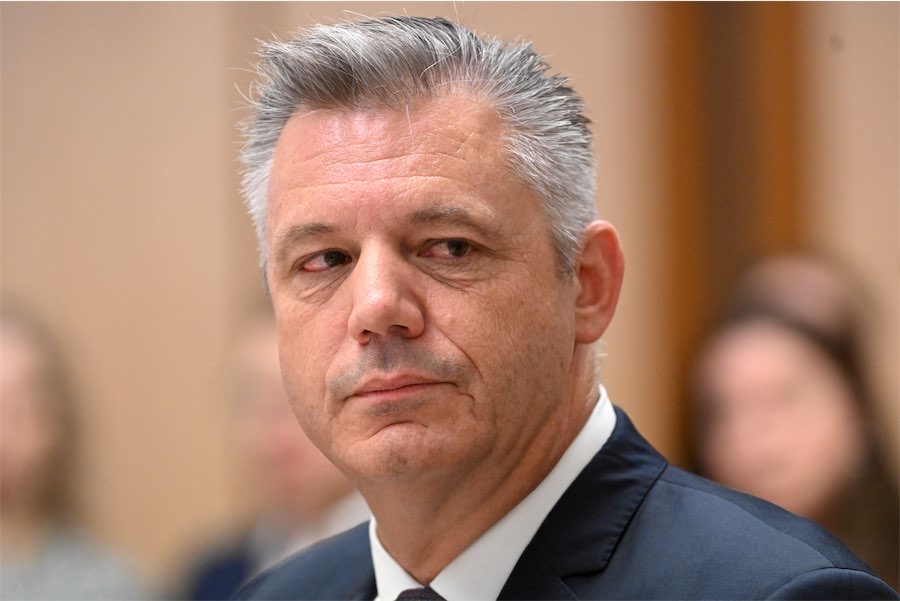“IT’S a knockout show, really,” the curator of international painting and sculpture at the NGA, Lucina Ward, says of “Turner from the Tate: The Making of a Master”.
She’s overseeing the installation of this unique show in Canberra.
“There are intimate sketches – three sketchbooks, that show us the way Turner built his visual notation,” Ward tells “CityNews”. Originating from London’s Tate Gallery, it will feature 40 oils and 70 works on paper, all a part of J M W Turner’s gift to the British nation.
As well, there are several paintings 3½ metres long showing the grandeur and scale of his work and there are many medium-sized seascapes, cityscapes and atmospheric landscapes showing the public and the private Turner.
What an astonishing individual he was, Ward says.
The son of a humble barber, Turner entered the Royal Academy’s school at age 14.
Compared to some of the European Masters he was, during his lifetime, “extraordinarily successful”, fetching high prices for his paintings and print versions of them. If he heard one of his paintings was coming back on the market, he would snaffle it up then bide his time until the prices went up.
Ward says Turner began as a workaday landscape and topographic artist, but then made a tour of northern England, of which it was said that he left as a draughtsman and returned as a painter. Up there, he came to appreciate the sublime qualities in the British landscape.
For Turner, landscape was central to painting and he even contemplated setting aside money to establish a home for elderly landscape painters. Born into an era when grand historical paintings were most prized, he insisted that landscape could be taken just as seriously, turning his paintings into epics of grandeur.
“His shipwrecks give disaster a human face,” says Ward.
As for experimentation, as a young artist in 1805 he shocked his contemporaries by starting to paint on a white background when “important” paintings were expected to be dark and mysterious. “He brought to these paintings a quality almost like watercolour, heavily thinning his work paint with turpentine,” Ward says.
“The luminosity of his palette was extraordinary, with yellows and blues increasingly dominating his canvases.”
Born in 1775 into the Georgian period, he died in 1851 in the Victorian period, in the same year as London’s Great Exhibition. He experienced the impact of the Industrial Revolution and the Napoleonic wars, the latter ensuring that most of his career was spent in Britain.
Through this work we can see the behind-the-scenes Turner – paintings he abandoned and paintings that he very likely intended to finish at the Academy in the bravado performances that impressed his contemporaries.
So, what’s Ward’s personal favourite? She opts for the 1810 painting of the avalanche in Grison (Graubünden, Switzerland) where a cabin is spiked by falling rocks. There is no evidence that Turner ever saw an avalanche, she says, but he did read newspaper reports of such a catastrophe.
To her, Turner was showing us how we should be aware of the might and power of nature.
“Turner from the Tate: The Making of a Master”, National Gallery of Australia, June 1-September 8, 10am to 5pm daily, bookings to 132849, 1300 795012 or at the NGA front desk.
Who can be trusted?
In a world of spin and confusion, there’s never been a more important time to support independent journalism in Canberra.
If you trust our work online and want to enforce the power of independent voices, I invite you to make a small contribution.
Every dollar of support is invested back into our journalism to help keep citynews.com.au strong and free.
Thank you,
Ian Meikle, editor




Leave a Reply